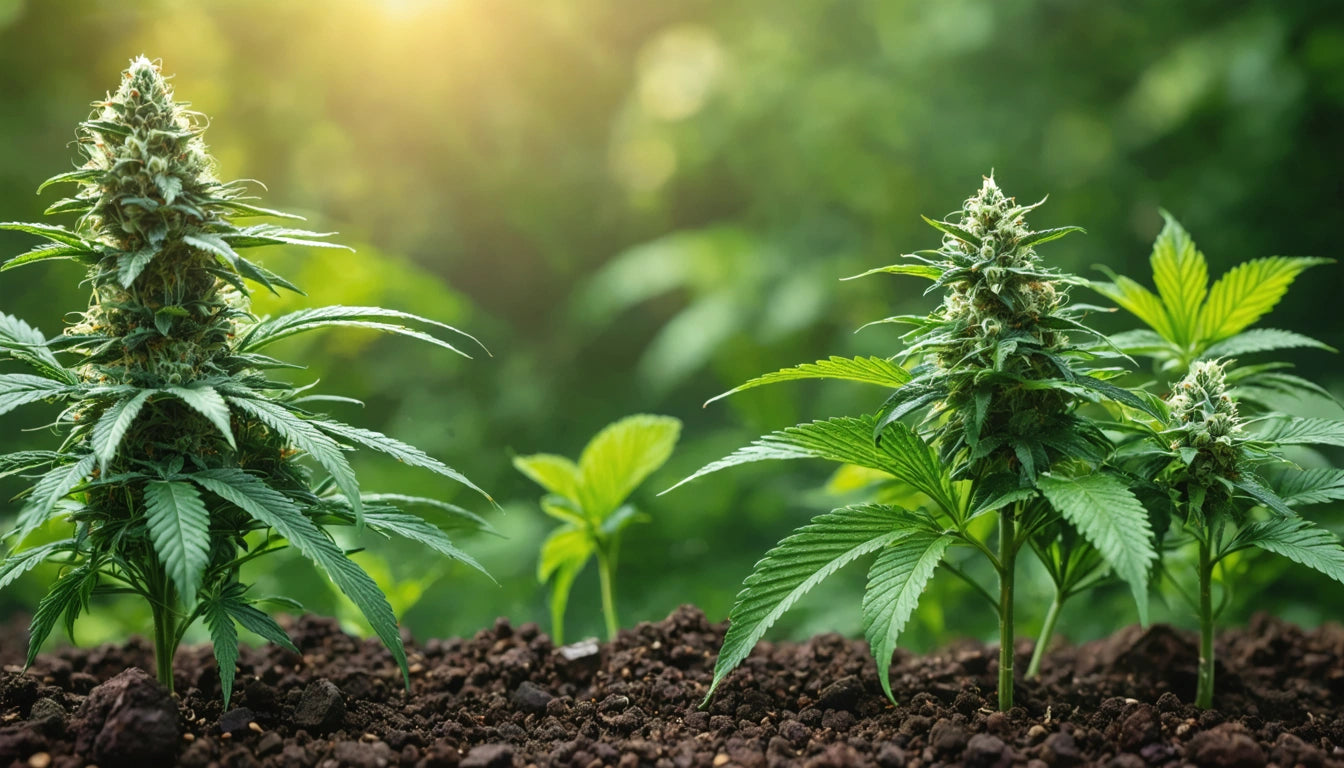Table of Contents
- Current Status of Medical Marijuana Legalization
- Northeast States with Medical Marijuana Programs
- Midwest States Where Medical Pot Is Legal
- Southern States with Medical Cannabis Laws
- Western States with Established Medical Programs
- Common Qualifying Conditions Across States
- Recent Changes to State Medical Cannabis Laws
- The Future Outlook for Medical Marijuana Legalization
States Where Medical Marijuana Is Legal
Medical marijuana has gained significant acceptance across the United States, with a growing number of states recognizing its therapeutic benefits for various health conditions. As of 2024, medical cannabis programs exist in most states, though regulations, qualifying conditions, and possession limits vary considerably from one jurisdiction to another.
Current Status of Medical Marijuana Legalization
Currently, 38 states, the District of Columbia, and several U.S. territories have legalized medical marijuana. This represents a significant shift in policy over the past two decades, with many states that have legalized medical pot also moving toward recreational legalization.
The remaining states maintain various restrictions, ranging from limited CBD-only programs to complete prohibition. Understanding where medical pot is legal requires examining not just which states have programs, but also how these programs operate and who qualifies for participation.
Northeast States with Medical Marijuana Programs
The Northeast region has been particularly progressive regarding medical cannabis legislation:
- Connecticut: Legalized medical marijuana in 2012
- Maine: One of the earliest adopters, legalizing in 1999
- Massachusetts: Established its program in 2012
- New Hampshire: Legalized medical use in 2013
- New Jersey: Approved medical cannabis in 2010
- New York: Implemented its program in 2014
- Pennsylvania: Legalized medical marijuana in 2016
- Rhode Island: Established its program in 2006
- Vermont: Legalized medical use in 2004
These states generally have well-established programs with dispensary systems and patient registries. Many have expanded their qualifying conditions over time to serve more patients.
Midwest States Where Medical Pot Is Legal
The Midwest has seen varied approaches to medical marijuana legalization:
- Illinois: Legalized medical use in 2013
- Michigan: Approved medical marijuana in 2008
- Minnesota: Established a more restrictive program in 2014
- Missouri: Voters approved medical cannabis in 2018
- North Dakota: Legalized medical marijuana in 2016
- Ohio: Implemented its program in 2016
Several Midwest states have more restrictive programs that limit the forms of cannabis available or the qualifying conditions. However, many of these programs have expanded over time as public support has grown.
Southern States with Medical Cannabis Laws
The South has historically been more conservative regarding cannabis legislation, but several states have implemented medical programs:
- Alabama: Approved medical marijuana in 2021
- Arkansas: Voters approved medical use in 2016
- Florida: Established its program in 2016
- Louisiana: Implemented a limited program in 2015, expanded later
- Maryland: Legalized medical cannabis in 2014
- Mississippi: Approved medical marijuana in 2022
- Oklahoma: Voters approved a liberal medical program in 2018
- Virginia: Gradually expanded its program since 2017
- West Virginia: Legalized medical use in 2017
Many southern states have more restrictive programs with limited qualifying conditions or product types. Some only permit low-THC, high-CBD products, while others have comprehensive programs similar to those in other regions.
Western States with Established Medical Programs
The Western United States has led much of the cannabis reform movement:
- Alaska: Legalized medical use in 1998
- Arizona: Voters approved medical marijuana in 2010
- California: The first state to legalize medical cannabis in 1996
- Colorado: Approved medical use in 2000
- Hawaii: Legalized medical marijuana in 2000
- Montana: Established its program in 2004
- Nevada: Approved medical use in 2000
- New Mexico: Legalized medical cannabis in 2007
- Oregon: Approved medical marijuana in 1998
- Utah: Implemented a more restrictive program in 2018
- Washington: Legalized medical use in 1998
Many western states have the longest-running medical marijuana programs in the country, with California leading the way as the first state to legalize medical cannabis. These mature programs have often served as models for newer state initiatives.
Common Qualifying Conditions Across States
While qualifying conditions vary by state, certain medical conditions are commonly approved across states where medical pot is legal:
- Chronic pain
- Cancer
- HIV/AIDS
- Multiple sclerosis
- Epilepsy and seizure disorders
- Glaucoma
- Post-traumatic stress disorder (PTSD)
- Crohn's disease and inflammatory bowel conditions
- Parkinson's disease
- Terminal illnesses
Some states have more expansive lists that include conditions like anxiety, migraines, or autism spectrum disorders, while others maintain stricter limitations. Many states also allow physicians to recommend cannabis for conditions not specifically listed if they believe patients would benefit.
Recent Changes to State Medical Cannabis Laws
The landscape of medical marijuana legalization continues to evolve. Recent developments include:
- Mississippi implementing its medical program in 2022 after voter approval
- Alabama establishing a medical cannabis commission in 2021
- South Dakota's medical program launch in 2021
- Expansion of qualifying conditions in numerous existing programs
- Increased reciprocity agreements between states with medical programs
- Improvements in patient access through telehealth consultations
These changes reflect the ongoing normalization of medical cannabis as a legitimate treatment option. According to recent surveys, public support for medical marijuana has reached all-time highs, with over 90% of Americans supporting legal access to medical cannabis.
The Future Outlook for Medical Marijuana Legalization
Looking ahead, several trends are likely to shape the future of medical marijuana access in the United States:
- Remaining states with prohibition may adopt limited medical programs
- Existing programs will likely continue expanding qualifying conditions
- Federal research restrictions may ease, leading to more clinical evidence
- Interstate commerce could become possible with federal policy changes
- Medical programs may evolve as recreational markets mature in dual-market states
As more states implement medical cannabis programs, the focus is shifting toward program standardization, improved patient access, and better integration with traditional healthcare systems. While significant variations remain in how states approach medical marijuana legalization, the overall trend continues toward broader acceptance and availability.
For the most current information on what states have legalized medical pot, patients should consult their state's official medical cannabis program website, as regulations continue to evolve rapidly in this dynamic policy area.











Leave a comment
All comments are moderated before being published.
This site is protected by hCaptcha and the hCaptcha Privacy Policy and Terms of Service apply.